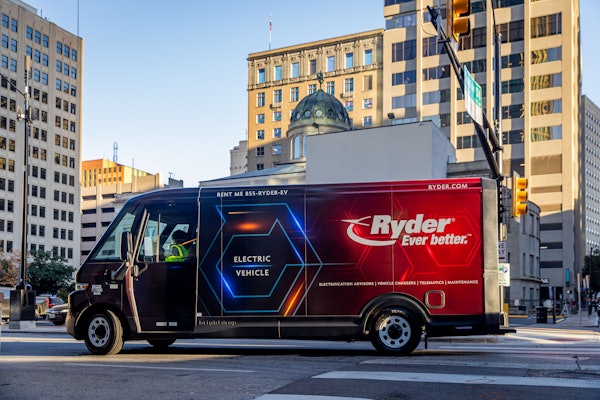Improving new truck build rates and a fleet renewal cycle that's starting to normalize has helped decrease parts and labor expenses, despite inflationary pressures that have slowed but seemingly won't go away.
According to data released in the latest Decisiv/TMC North American Service Event Benchmark Report, compiled by the American Trucking Associations’ Technology & Maintenance Council (TMC) and Decisiv, parts and labor expenses dropped during the second quarter of 2023. The Decisiv/TMC North American Service Event Benchmark Reports are generated using data from the Decisiv SRM platform on service and repair events for more than 7 million commercial assets operating across the U.S. and Canada.
“With rising build rates for new equipment and less mileage reducing the need to operate aging trucks, fleets are finally seeing a definite improvement in parts and labor costs,” said Decisiv President and CEO Dick Hyatt. “The data that Decisiv collects and analyzes for TMC on Vehicle Maintenance Reporting Standard system level codes points to a return to normalized trade cycles and more predictable service and repair costs. Along with greater stability, the highly detailed data and reporting enabled by Decisiv SRM allows fleets and service providers to focus on ways to continue to drive down expenses.”
After an extended period of cost increases, the combined parts and labor costs for the top 25 VMRS codes fell 1.3% in the second quarter from the first. Labor costs decreased for the first time in the past year and parts costs were down for the second quarter in a row. On a year-over-year basis, combined parts and labor costs rose only 5.57% in the second quarter of this year compared with the same period last year – far slower than the 15% increase in costs seen 2022.
While economic and inflation pressures are still driving parts prices and labor rates to comparatively high levels, OEMs are effectively managing fewer supply chain disruptions that had negatively impacted production capacity. With the steady elimination of pent-up demand, fleets are finally taking delivery of new, less repair intensive trucks.
However, not all reductions in cost are the fruit of improving news and conditions. The influx of replacement vehicles and lower freight volumes are decreasing the demand for service and repair activity and consequently lowering parts and labor costs.
The data reflecting lower parts and labor expenses in this quarter’s Decisiv TMC Benchmark Report indicates how a number of factors interactively impact service activity. Changes in mileage related to freight volumes, the effect of newer versus aging trucks and the ongoing stabilization of the supply chain all impact each other and have a resulting effect on fleet service operations.
Looking ahead, there is a growing expectation that service and repair costs will find a new equilibrium and consequently settle into a more predictable cycle in line with what was experienced in the past.
Data on the top ten VMRS code categories shows that engines and related systems accounted for the largest percentage of all costs in the second quarter. In total, Powerplant (35.9%), Exhaust (12.9%) Cooling (6.1%) and Fuel Systems (5.3%) equaled 60.2% of costs during the quarter.












